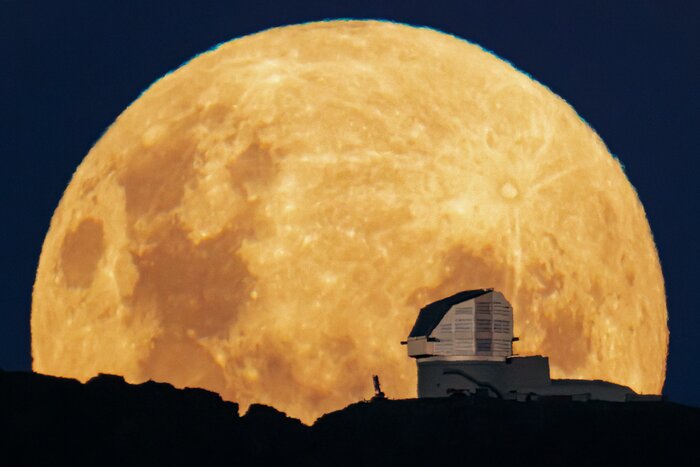
Andacollo students took a different look at their clean sky with CATA astronomers
A team of astronomers and professionals from the Center visited the Parish School of this locality, which is characterized by being in an area where there are the best skies for the study of the Universe.
The Coquimbo Region is one of the most privileged areas in the world for astronomical observation. Hence the intrinsic interest of its students to stop and look at the wonderful starry sky that they have the opportunity to enjoy every day.
For this reason, the Center for Astrophysics and Related Technologies (CATA) wanted to promote the development of this scientific curiosity by conducting a series of workshops at the Parish School of Andacollo.
The team, headed by the Center’s Outreach Content Manager, José Utreras, and the Communications Manager, María José Jullian, together with astronomers and astronomers linked to CATA, held a series of 12 workshops for students of different levels, focusing on topics related to exoplanets, the Sun and the Moon.
“The fact that experts and astronomers come here is really invaluable. The fact that CATA contemplates reaching educational communities far from the larger cities and that they can share their knowledge with our students is something we are very grateful for. With this they encourage, motivate and leave a little seed planted. This way we can encourage them to study careers in this area. There are many students here who are interested in astronomy, in our almost always clear skies, in the observatories. So, I think it is a good strategy to visit the places so that our students become even more interested in continuing to pursue a career in what they like”, commented Jenny Carmona, principal of the Andacollo Parochial School.
The workshops were conducted by Master’s students in Astronomy from the University of Chile, Silvio Ulloa, Paula Díaz, Camila Pulgarés, Catalina Vargas and Aiswarya Arun; as well as Clemente Miranda (undergraduate student from the University of Chile), Sebastián Ortiz (Master’s student from the University of La Serena) and Ana Carolina Loruenco (PhD in Astrophysics from the University of Valparaíso).
In addition, a stand focused on the Moon was set up, where students from different levels learned details of its formation, composition and evolution. They also interacted with 3D samples of models of our natural satellite and its various types of craters and appreciated an inflatable model where you can have a global image. They even took away stickers and paper moons.
The activity also had the support of Manuel Paredes and Dalma Valenzuela from NoirLab, who provided the students with a telescope to safely observe the Sun and appreciate the particular storms and sunspots.
“Here we emphasize the scientific theme through the physics teachers with an astronomy workshop that we have for students from elementary to high school. I believe that these subjects and activities should be permanently included in the curriculum, to encourage our children from early childhood to learn about astronomy. In this way, we helped to deepen this interest with the visit of CATA professionals”, said Carmen Gloria Martínez, instructor of the astronomy workshop at the Andacollo Parish School.
A broad look at the Universe
During the day, the students toured the Universe and realized that, despite its immensity and enormous distances, astronomical research has been able to gather interesting data on the origin of many of its bodies and phenomena.
In the same pristine sky that they have the privilege of seeing on the nights of Andacollo, they learned that there are more than five thousand Exoplanets that have been discovered, mainly in recent years. This knowledge was put into practice with a playful workshop for students from 5th to 8th grade, where they randomly created their own solar systems, with red, yellow and blue stars and gaseous and rocky planets, some of which could qualify to be a habitable zone. Through this exercise they understood how unique our own system is.
The youngest children, from 1st and 2nd grade, learned how huge the Sun is in comparison to our planet and the rest of the solar system. They created and painted their own model to represent the movement of the Moon and the Earth, in order to understand how the phases of our satellite are created and the influence they have on the tides of the oceans, which allows us to better understand the world we inhabit.
“We feel that we have been privileged with the visit of CATA, the workshops, the talks that they have given to our students have been very well received, with interest from them. We had already explained to them what the Center was about, the magnitude in which they work, that it is not something small and that generated a lot of expectation. It is also in our favor that we have an observatory here, so for our students it is also more attractive and they are very interested in studying the Universe”, said Patricia Blanco, head of the Technical Unit and in charge of coordinating the school’s activities.
Recent news
-
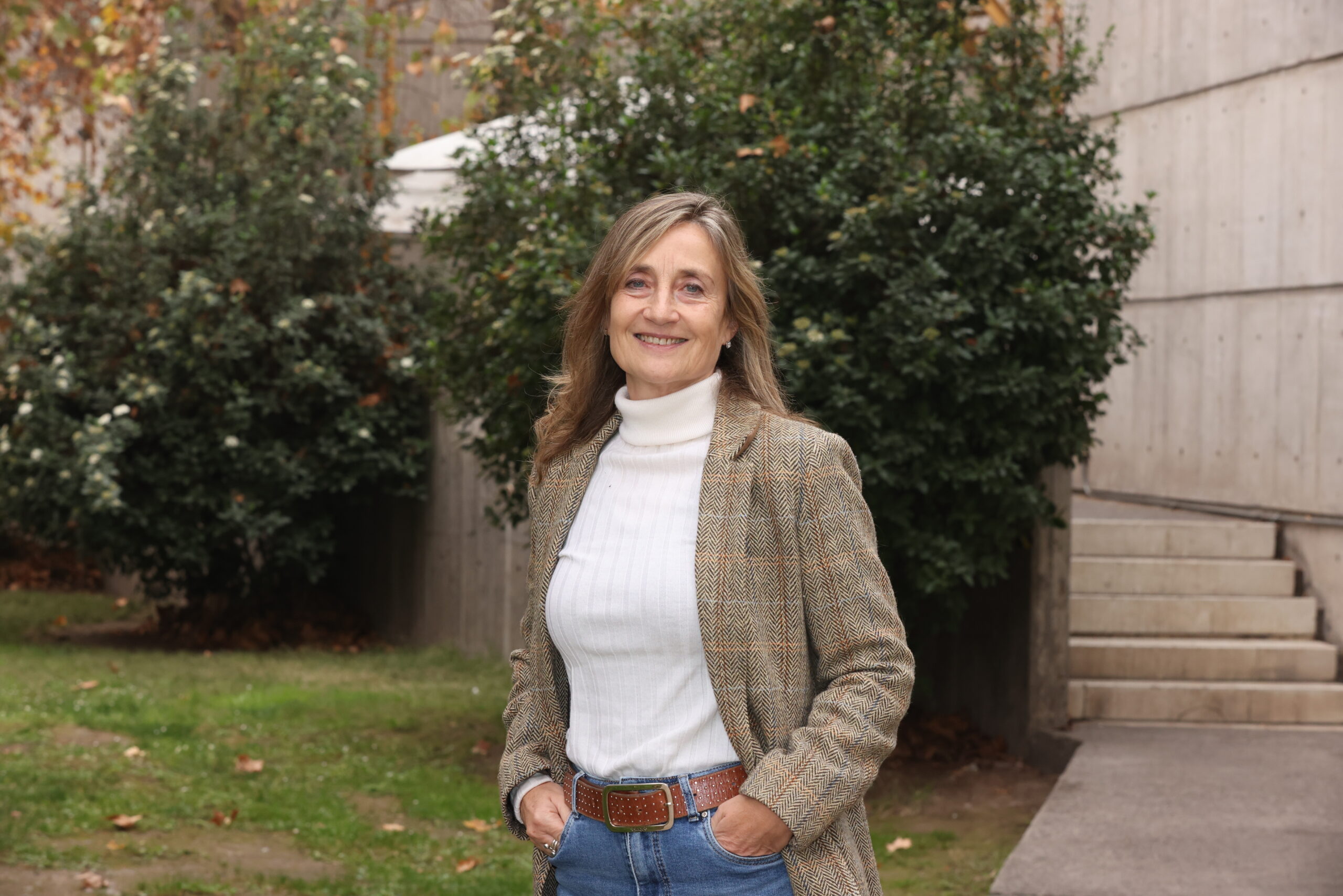 Publicado el: 09/07/2025Patricia Tissera is recognized as full professor by the Pontificia Universidad Católica de Chile
Publicado el: 09/07/2025Patricia Tissera is recognized as full professor by the Pontificia Universidad Católica de Chile -
 Publicado el: 04/07/2025CATA researchers among the best in Chile according to international ranking Research.com
Publicado el: 04/07/2025CATA researchers among the best in Chile according to international ranking Research.com -
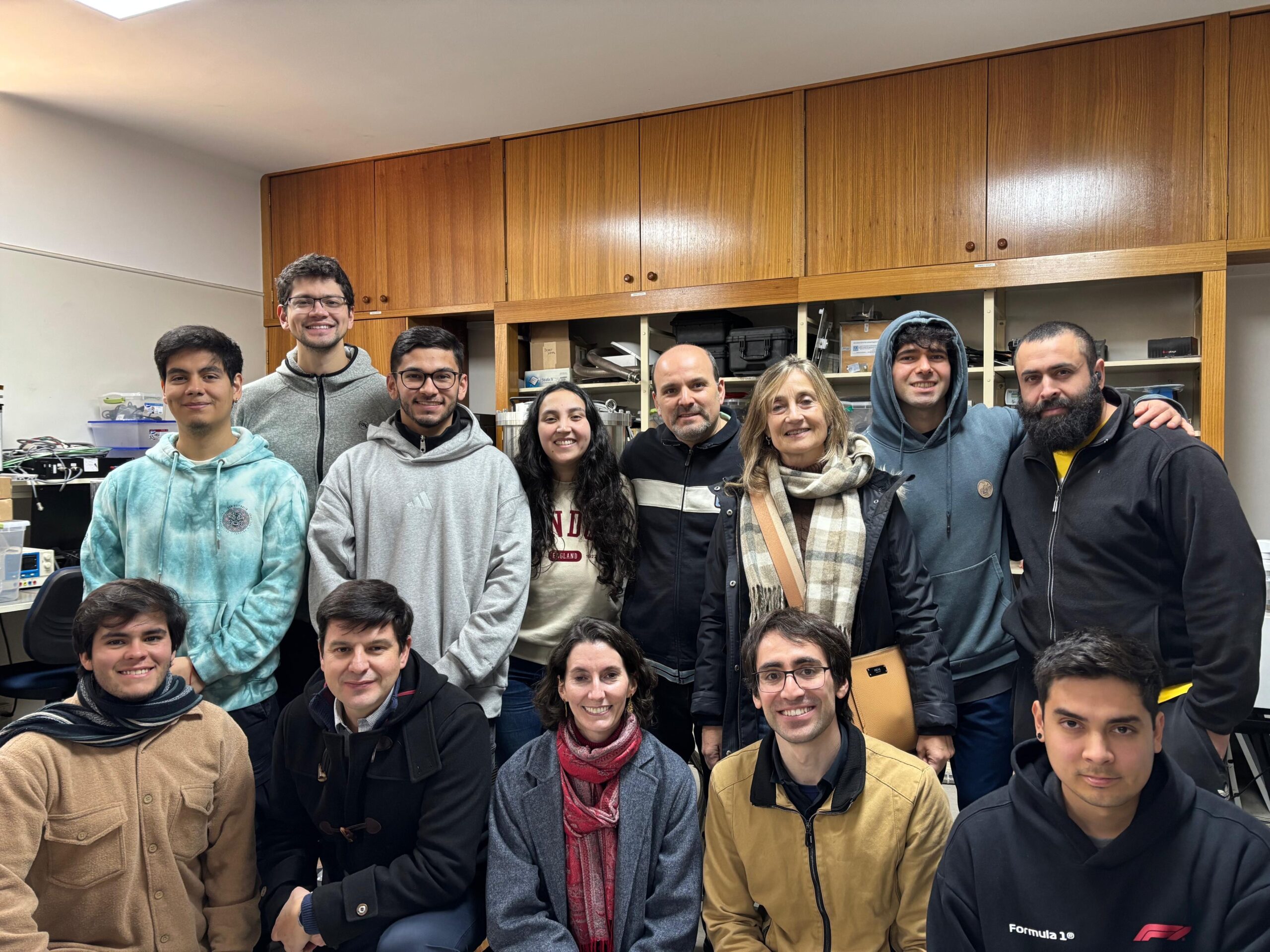 Publicado el: 30/06/2025CATA Director strengthens ties in her second institutional tour
Publicado el: 30/06/2025CATA Director strengthens ties in her second institutional tour -
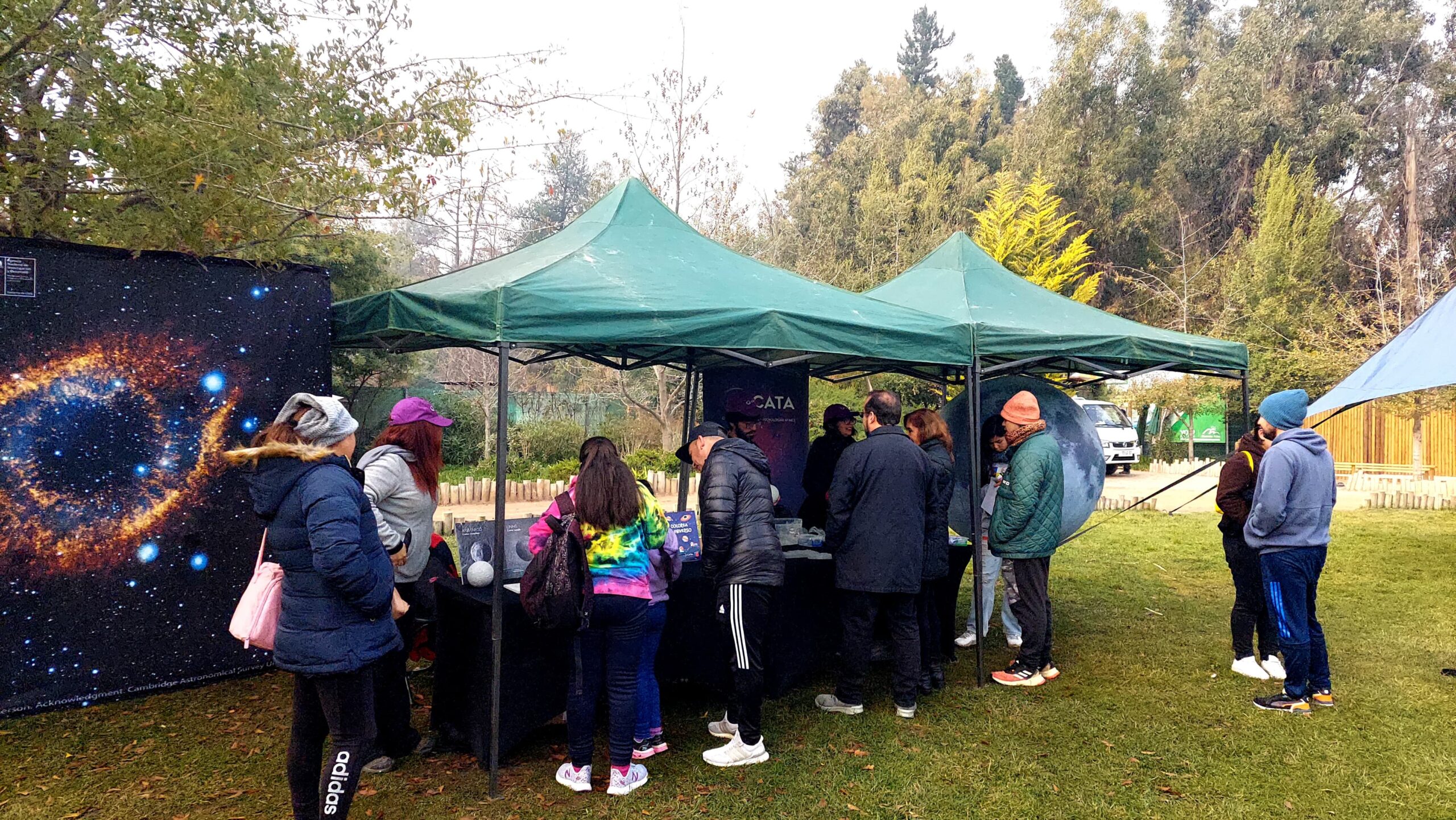 Publicado el: 30/06/2025CATA celebrated Asteroid Day 2025 at the Pueblito de Las Vizcachas Park
Publicado el: 30/06/2025CATA celebrated Asteroid Day 2025 at the Pueblito de Las Vizcachas Park -
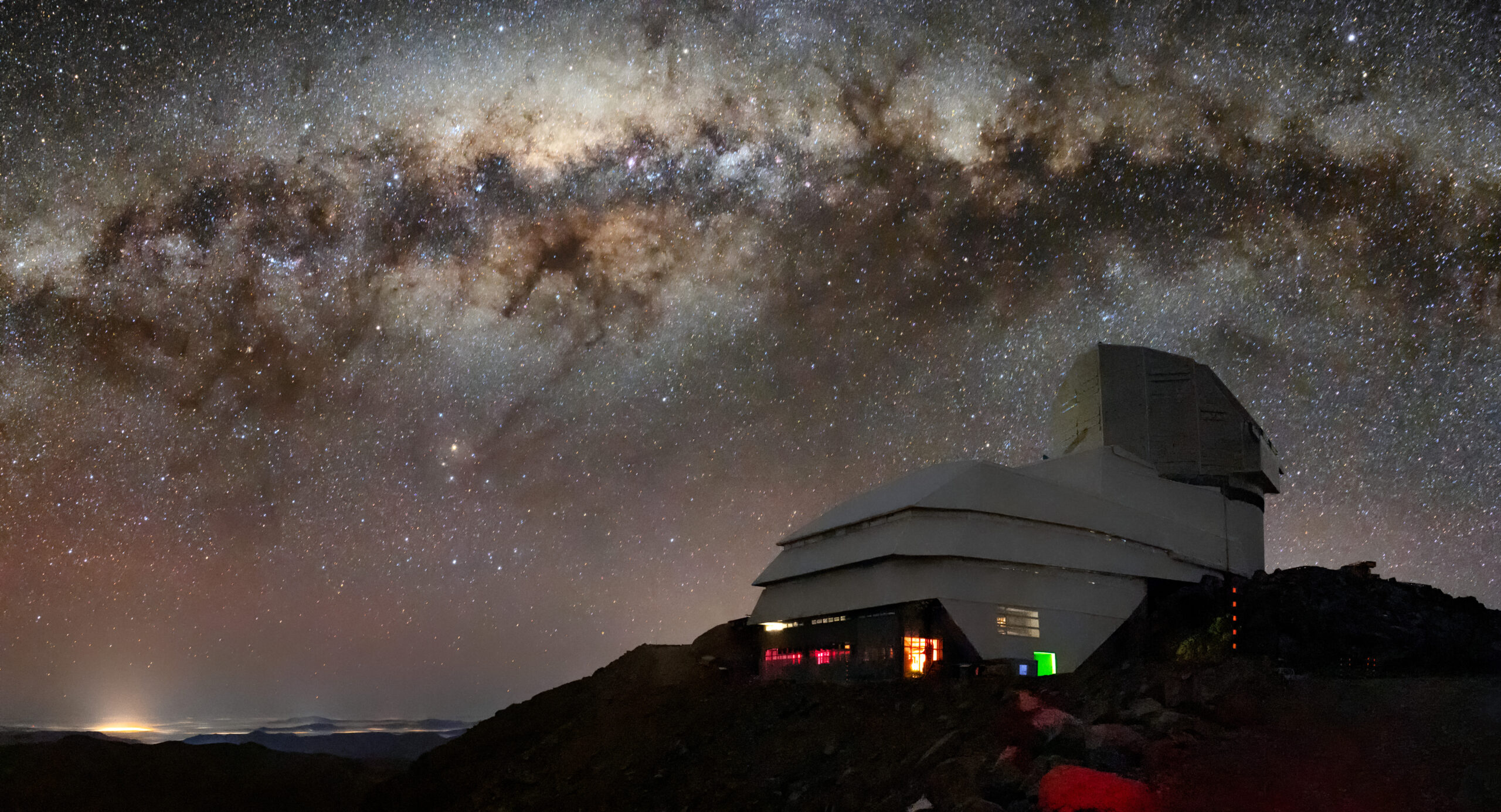 Publicado el: 26/06/2025Vera C. Rubin: the telescope that watches the sky and anticipates the future of astronomy
Publicado el: 26/06/2025Vera C. Rubin: the telescope that watches the sky and anticipates the future of astronomy
Categories list
- Acknowledgments 20
- Astrobiology 5
- AstroCluster 1
- Black holes 13
- Corporativo 49
- Cosmology 4
- Descubrimientos 19
- Disclosure 46
- Exoplanets 13
- Extension 4
- Galaxies 17
- Galaxies formation 2
- Inter y Transdisciplina 2
- Local Universe 13
- Publications 5
- Sin categorizar 31
- Solar System 11
- Stellar formation 6
- Technology 9
- Technology Transfer 12






